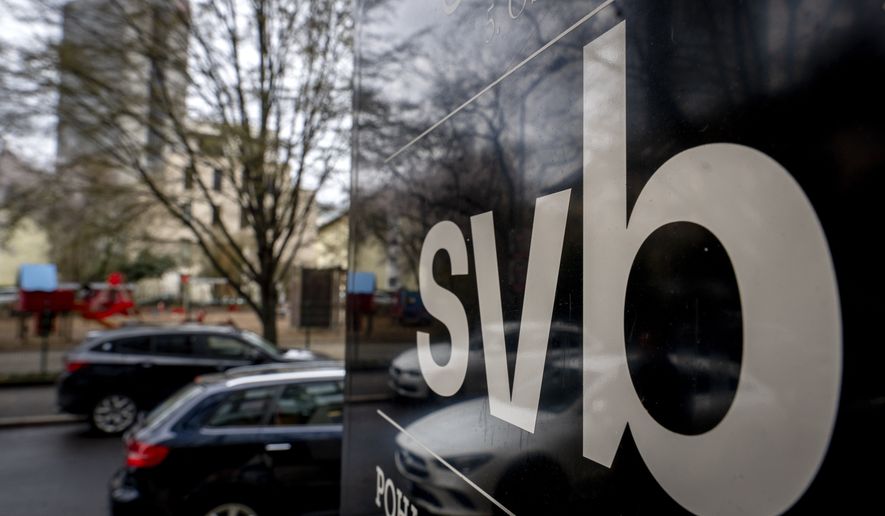OPINION:
Silicon Valley Bank has tanked, and now the finger-pointing begins. A good place to start is with the bank’s relationships with 1,550 or companies dedicated to fighting climate change — and the little matter of their nonprofitability.
Call it the folly of climate change investments.
That’s where investors try and cash in on moves that have yet to be made — on zero-emission cars, for example, that haven’t been invented; on reliable solar for widespread adoption, for instance, that is still the stuff of imaginations.
Silicon Valley Bank made so many investments in technology firms that promised new solar, hydrogen and battery storage projects that billions of dollars flew out the windows for projects that were in-works — maybe, perhaps — but not promised; for products that were promised — maybe, perhaps — but totally unfeasible.
The hope seemed to be pinned on government subsidies, that is, taxpayer dollars, flowing to these companies. Sometimes, hope doesn’t float, though.
“Silicon Valley Bank was in many ways a climate bank,” said Kiran Bhatraju, the CEO of the solar managing company Arcadia, in The New York Times. “When you have the majority of the market banking through one institution, there’s going to be a lot of collateral damage.”
Collateral damage: That’s what these Silicon Valley Bank customers seem to be these days.
Oh well.
Money comes.
Money goes.
And with more than $28 billion of the finance world’s investment dollars put into climate technology start-ups last year alone, chances are pretty good more money, more money, more money will soon be doing the latter, and going.
Bank on it.
The trickle effect of Silicon Valley Bank’s money missteps is going to impact more than Silicon Valley Bank customers and clients. There’s a spook factor in the finance world that can’t be dismissed or avoided. If one bank fails, and lines of customers gather outside the front door, waiting anxiously for opening hour so as to withdraw all their money, it’s a sure thing customers at other banks will be reevaluating their investments, and perhaps seeking to withdraw similarly. A mass run on banks; didn’t we see that just a few years ago in Greece, when that country’s ailing government failed to make a debt payment on time?
This is the problem of modern financing.
It’s all based on perception and fancy; it’s all run by so-called experts who determine values.
Oh, for the days of the gold standard when the exchange of paper and coin was based on something real, something tangible, something with more value than the ideas and expressions of a few wealthy elite, and the computerized transfer of numbers.
The fiat system combined with a fanciful investment dream is a double-whammy of doom for fiscal planning and responsibility.
At root, it’s investing fake money in faked products and services. No matter how many clever hands tinker with the system and regardless of how many skilled financiers fiddle with the data, at root, banking by data based on climate change investments is not a solid foundation.
“Silicon Valley Bank Collapse Threatens Climate Start-Ups,” The Times wrote in a recent headline.
Yes, it does. It also threatens the confidence of Americans to do business with banks, which in turn threatens the ability of banks to offer and provide solid, dependable services. The cycle is sure to speed, the more deluded Democrats and their partners in the cult of climate pressure companies to go woke, not profitable. What’s needed is a return to honesty in financial markets and business sectors. Truthful dealings, not fancied outcomes, are what make the world go ’round.
• Cheryl Chumley can be reached at cchumley@washingtontimes.com or on Twitter, @ckchumley. Listen to her podcast “Bold and Blunt” by clicking HERE. And never miss her column; subscribe to her newsletter and podcast by clicking HERE. Her latest book, “Lockdown: The Socialist Plan To Take Away Your Freedom,” is available by clicking HERE or clicking HERE or CLICKING HERE.




Please read our comment policy before commenting.